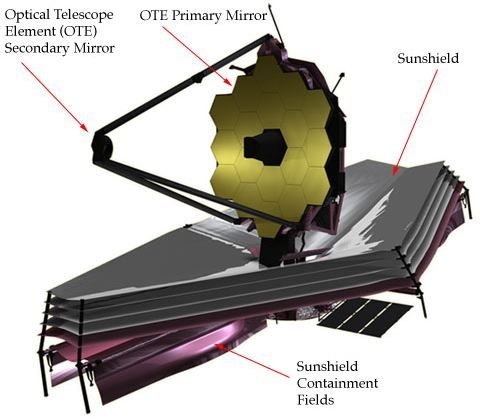James Webb Space Telescope: A Replacement for the Hubble Telescope
Replacing the Hubble Telescope
The James Webb Space Telescope, named after a former NASA administrator, is an international collaboration between NASA, the European Space Agency (ESA), and the Canadian Space Agency (CSA). It is a large infrared telescope with a 6.5m diameter primary mirror compared to a 4.2m mirror in Hubble telescope. This is the reason why JWST is said to be the successor of Hubble. It will serve thousands of astronomers worldwide covering almost the entire history of the universe ranging from signatures of the Big Bang to the formation of solar system and planetary nebulae.
Goals of the James Webb Telescope
The scientific goals of new space telescope can be divided into 4 major themes:
- The End of the Dark Ages: First Light and Reionization
- Assembly of Galaxies
- The Birth of Stars and Protoplanetary Systems
- Planetary Systems and the Origins of Life
The JWST will cover a wide range of scientific research areas. In the field of cosmology, it will look at the signs of matter formation just after the big bang by identifying bright galaxies formed in the early universe and following their ionisation. It will also look at evolution of galaxies, active galactic nuclei, spiral arms and dark matter. At the level of stellar physics, it aims at observing the life cycle of stars and formation of protoplanetary systems. Drawing from the current interest in the field of exosolar planets, it will try to identify planetary systems where the building blocks of life might be present.
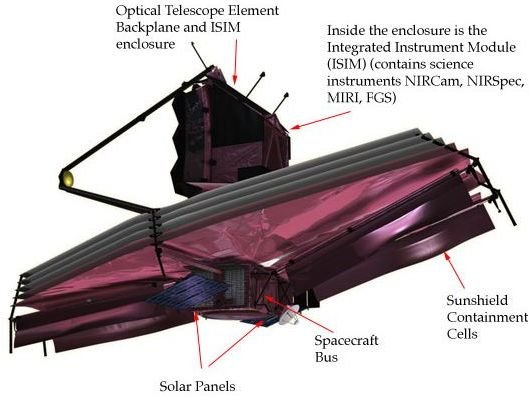
Imaging Technology
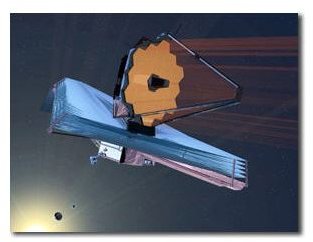
The James Webb Telescope has 4 instruments as its main payload for Infrared imaging:
1. Near Infrared Camera (NIRCam)
2. Near Infrared Spectrograph (NIRSpec)
3. Mid Infrared Instrument (MIRI)
4. Fine Guidance Sensors (FGS)
For achieving the high level of accuracy, precision and control, major technological innovations have been made:
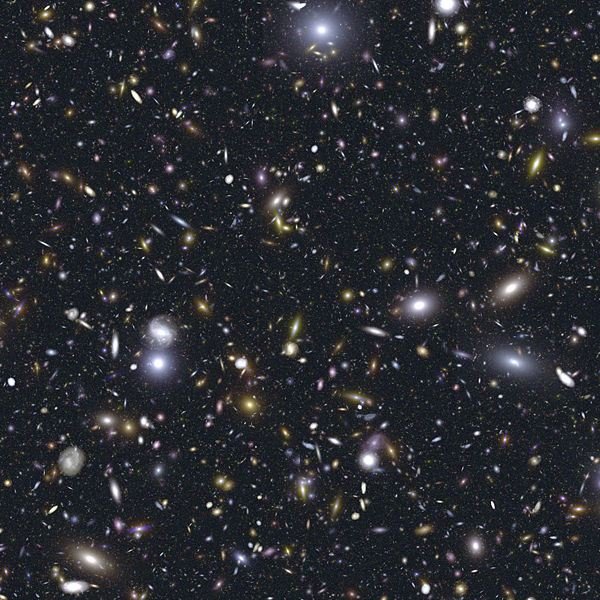
1. Lightweight optics
2. Deployable sunshield
3. Folding segmented mirror
4. Improved Detectors
5. Cryogenic actuators & mirror control
6. Micro-shutters
Interesting Facts
1. Proposed date of launch: June 2013
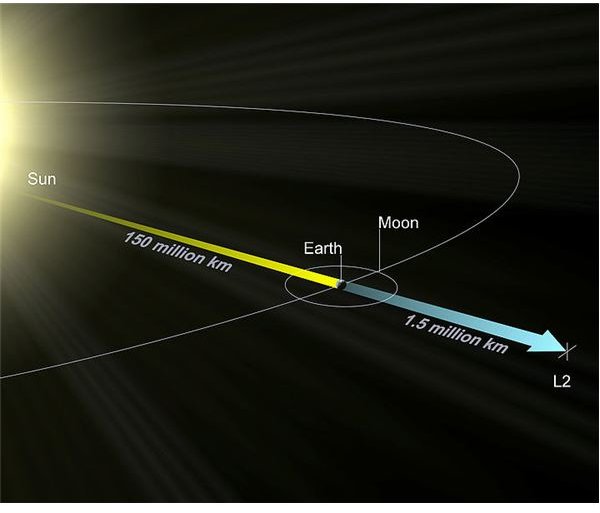
2. Launch vehicle: Ariane 5 ECA
3. Primary mirror material: Beryllium (It has a high stiffness to mass ratio and therefore, lighter mirrors can be made out of it. Mass is a very crucial constraint for all space missions.)
4. Optical resolution ~ 0.1 arcseconds (This is almost the same as the Hubble Space Telescope, but the number of pixels per image is 32 million in JWST compared to 16 million in HST)
5. Orbit: 1.5 million km away from Earth at L2 point or the second Lagrange point (see image on the right). Langrange points are the points in or around the Earth’s orbit at which if an object is placed, it will always maintain the same orientation with the Earth and the Sun. There are 5 Langrange points for the Earth-Sun system.
Image Credits
https://en.wikipedia.org/wiki/File:Jwst_front_view.jpg
https://en.wikipedia.org/wiki/File:Jwst_back_view.jpg
